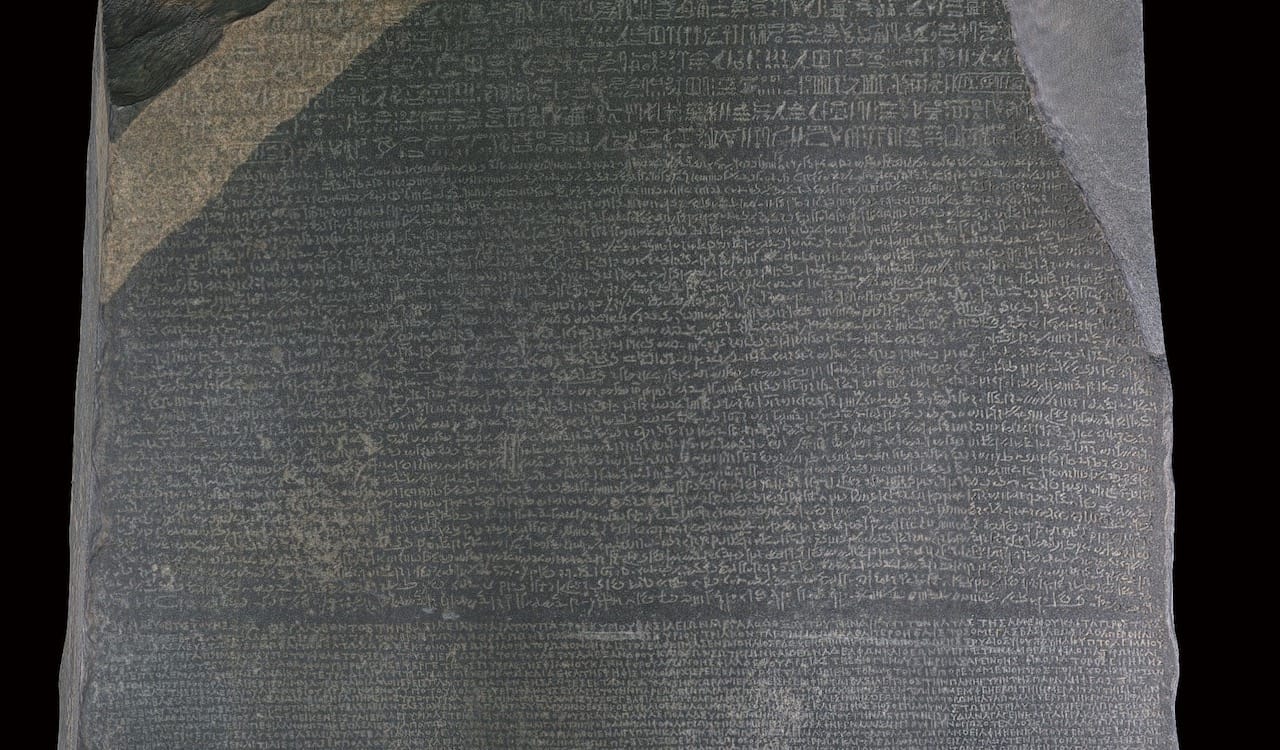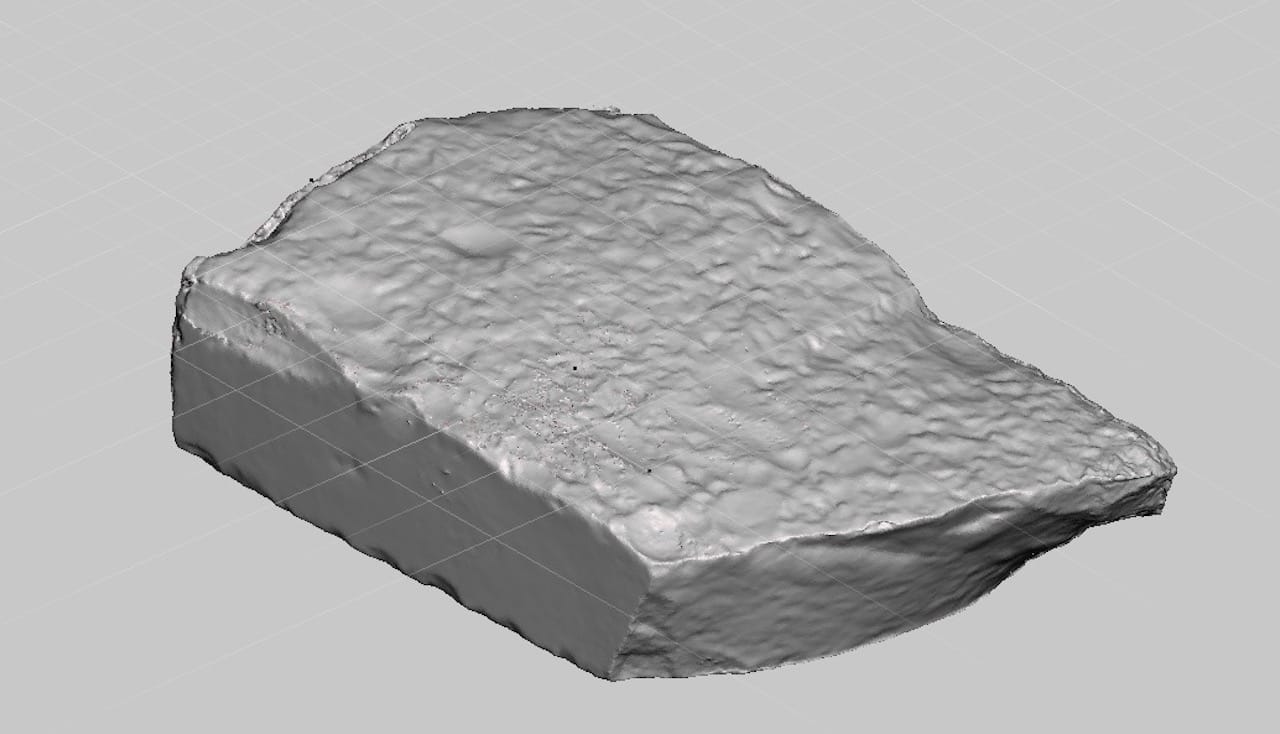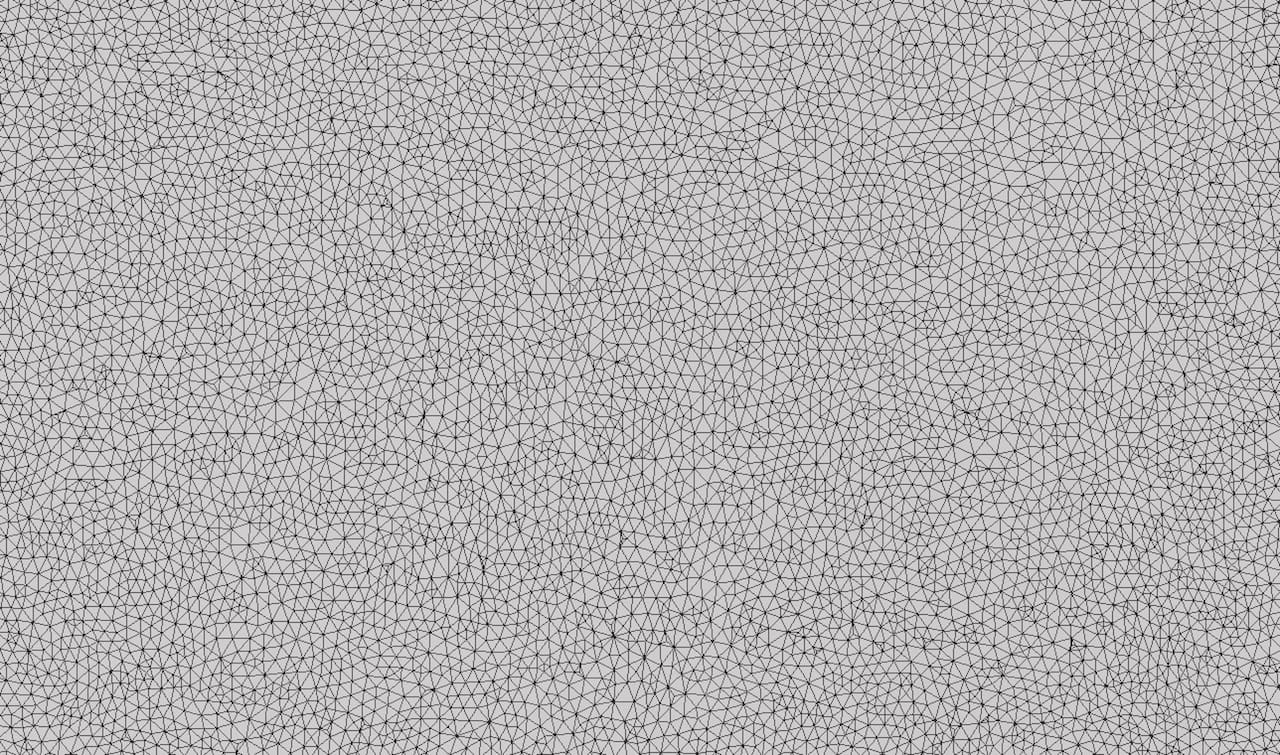
Sometimes 3D printing simply doesn’t make sense.
I’m always excited to see the 3D model of a rare subject released, as it could mean we could all 3D print replicas. Typically museums do this from time to time, but far less often than anyone hopes for.
In many cases, museums, the holders of great works of art and historical artifacts, all too often keep the materials to themselves in some bizarre thought process that they may somehow “lose” the original if copies are 3D printed everywhere. I don’t agree with this premise, but nevertheless it persists.
In this world I got amped up by the announcement that the British Museum, no less, had released a 3D model of the Rosetta Stone! (If you don’t know, this incredibly critical artifact was the key to translating ancient egyptian hieroglyphics, as it included passages in hieroglyphics and greek side by side.
I’ve been fortunate enough to actually see the original on a few occasions in London, and hope to do so again. But now, there is a 3D model of the stone!
At first I was skeptical, as snazzy press releases describing the 3D model often talk about the ability to “view” the 3D model, rather than download and 3D print it. Viewing is simply not the same as holding it in your hand. Nevertheless, I proceeded to the SketchFab page where the British Museum posted the design.
Incredibly, the piece can actually be downloaded – and 3D printed! I did so immediately.
And then I got this:

It’s not very interesting, is it?
On that flat side should be the famous side by side (actually top to bottom) of the different languages. But no, the 3D print is essentially a flat surface.
While the backside of the stone looks like a stone,

The front side containing the text is mostly flat, as seen in this STL view. Even if you printed it at a huge size, there are no letters going to be visible.

It’s supposed to look like the image at top.
And the print most definitely does not. That’s because this is an item that depends on the TEXTURE of its surface, and less so its SHAPE. If I happened to have a very large, full color 3D printer handy (and I actually do, but it would still be too expensive an object to print), I might consider 3D printing it again.
Most people don’t have access to a full color 3D printer, so 3D models like this don’t make a lot of sense for 3D printing. Keep watch for them, and avoid attempting to print them. But at the same time, dream of a 3D printer that could.
Via SketchFab

